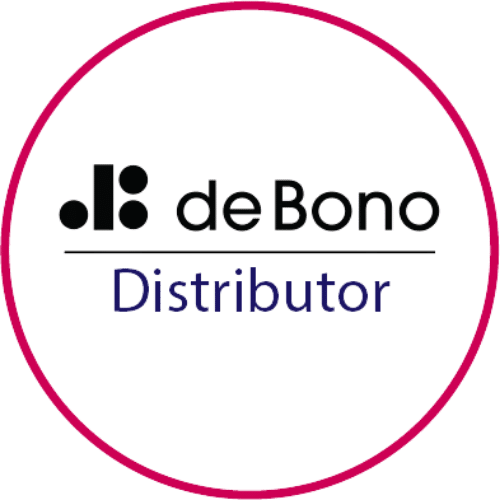How you say what you say determines whether your messaging inspires connection or leaves your audience cold.

Communication across a distanced audience, whether spoken or written, is the most important tool in your skillset. To leave it under developed risks exposure to poor messaging that fails to embody the values and culture your leaders wish to promote.
Writing with impact
Writing as taught in school encourages long sentences with multiple clauses and highly descriptive language. That’s great if you are writing your masterpiece novel. It’s not so great if you need to make an instant impact and be understood very quickly. Keep it short. Keep it simple. Straight to the point.
Speaking with impact
The same applies to the spoken word. Most team and senior leaders do not need to deliver Churchillian speeches. They need to think, speak and present succinctly, with clarity and purpose. Flowery language and rambling anecdotes are rarely required.
Presenting, whether that’s performance statistics at the monthly team meeting or a new strategy to the board, should focus on what the audience needs to understand the message. When that audience physically sits together, it’s not so hard to gauge the mood in the room – alert and fascinated, or drowsy and distracted. It’s much harder to get that ‘feel’ when everyone is in a small box on a screen. This is why communications skills development is more important than ever. Especially for those who struggle with their self-awareness to begin with.
Communicating well is a key part of being a strong leader. For less sociable types, speaking up is a painful experience. For the more pioneer personality, it can be painful for their audience, if it’s all amount ‘me, me, me’. It’s all about balance – communicating in a way that is authentic and comfortable for both speaker and audience. This involves finding a healthy balance between overbearing dominance and crippling self-doubt. Learning the technical aspects of communication alongside appropriate self-confidence and composure under pressure, will deliver the best possible results for your current and potential leaders.
Don’t wait for promotion!
We’ve said it before, but the healthiest and most economical produce is often home-grown. Introduce the basics of good communication to everyone in your organisation, not just to your current crop of leaders. You never know who might have the next big idea or be your next big star.
Communication for creativity
An idea can only become useful if it is explainable. That’s common sense. Idea generation sessions are also dependent on the individuals being able to communicate effectively, bounce off each other and crucially allow others to speak without intimidation. This takes a degree of social awareness, self-regulation and facilitation skills that allow everyone to say or write their piece.
Communication is the fuel that powers innovation and creativity in your organisation. Make sure it is in tip top condition to enable those great ideas to flow.
Communication for culture change
Communication is of the greatest importance in any culture change strategy. How you position what could be a controversial change to your values will determine the success of your plan. It’s no good to just say or write the words. They have to be delivered with authenticity to create trust, loyalty and buy-in.
For example, the Timpson chain spent a decade changing its culture where there were just two rules in its high street outlets:
- Put the money in the till
- Look the part
The message to colleagues, as CEO James Timpson refers to employees, was that as long as they adhered to these two rules, they were free to make their own decisions. The culture is one of innovation at the shop floor level, to find new and better ways of doing things. Without authentic consistent messaging and a culture of trust and kindness, such change would not have been successful.
Whether you present to a team of five, orate to a room of five hundred or write to a list of five thousand, how well you communicate determines your success. Because first impressions take root instantly – they are make or break – everyone in your organisation should be up to the challenge of communicating and connecting well.
As Eminem, who himself had to relearn to how communicate, put it …
If you had
One shot
Or one opportunity
To seize everything you ever wanted
In one moment
Would you capture it
Or just let it slip?
Contact us
We’re a team who practice what we preach. 2020 was tough, but we made it through with perseverance, motivation and above all by supporting each other. Contact us to find out how we can help you to do the same.
flowprofiler® and associated marks are registered trademarks of Chalmers International Limited | All rights reserved
eqflow® and associated marks are registered trademarks of Chalmers International Limited | All rights reserved
resilienceflow® and associated marks are registered trademarks of Chalmers International Limited | All rights reserved
motivationflow® and associated marks are registered trademarks of Chalmers International Limited | All rights reserved





